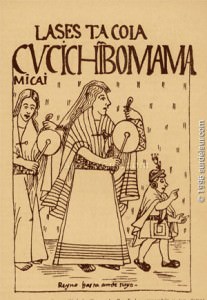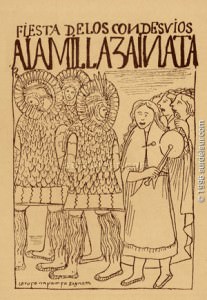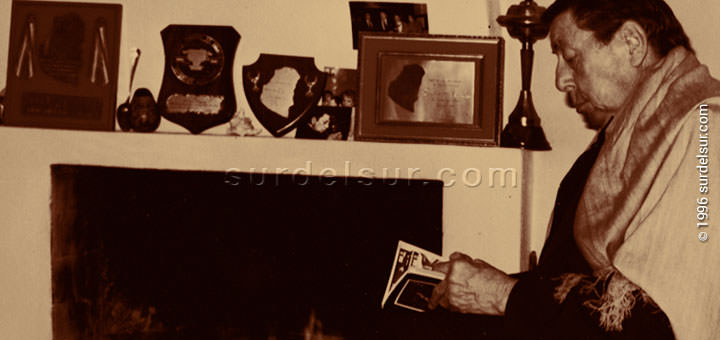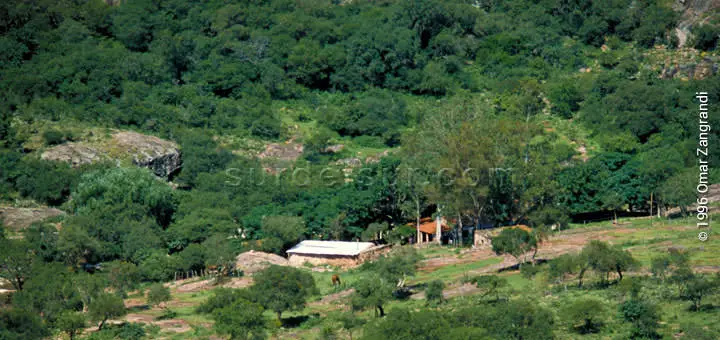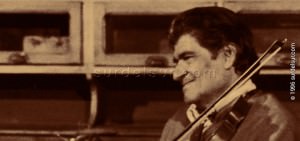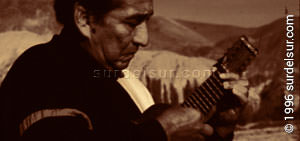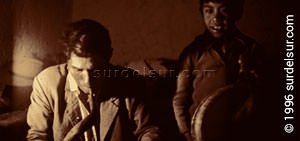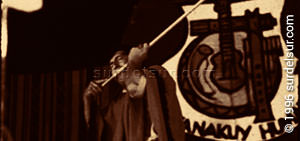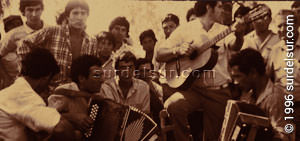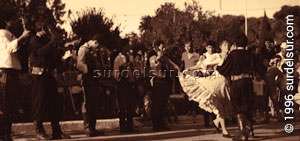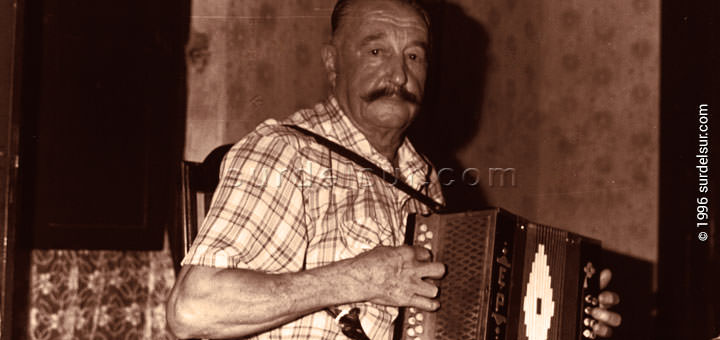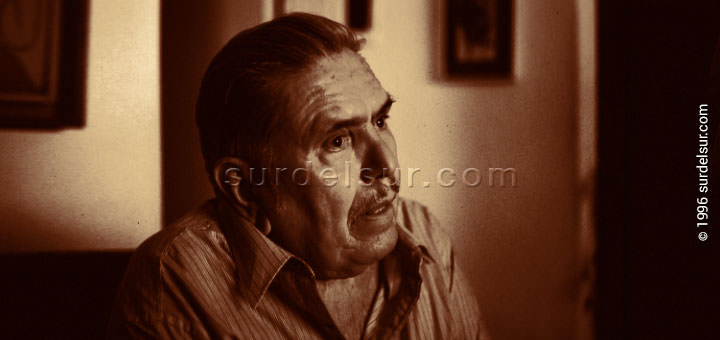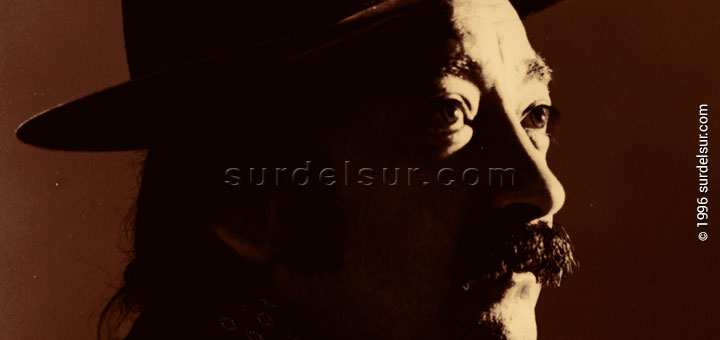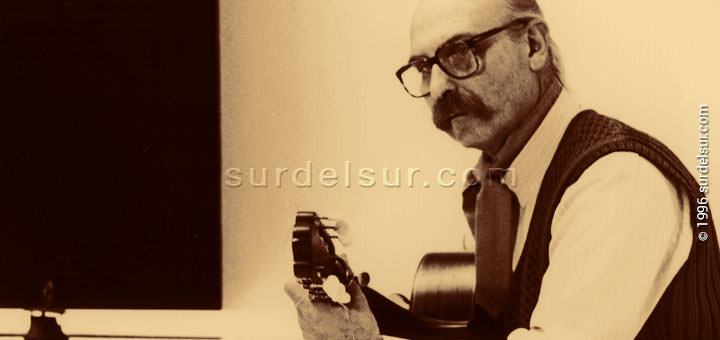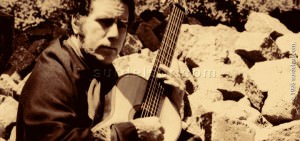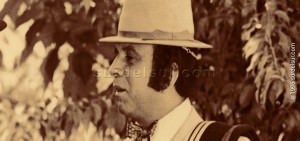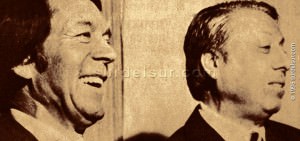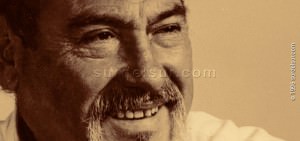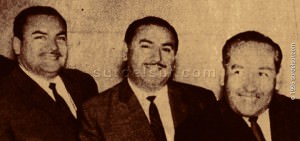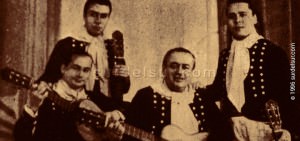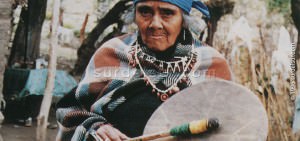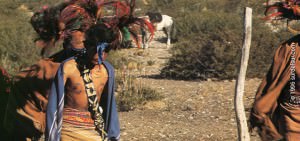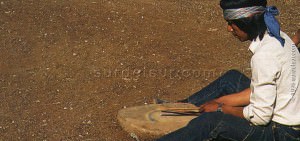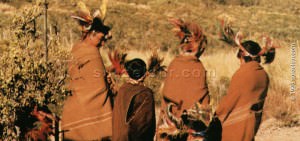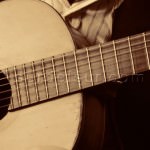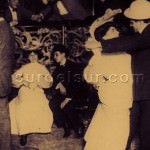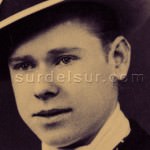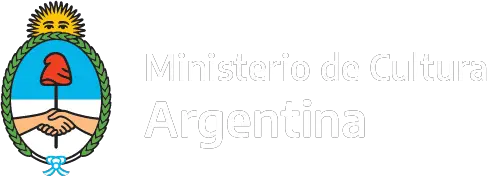Argentine folk music, is also named as Argentina folklore music or Argentina folkloric music Just as the country is divided into different regions according to its most important geographical and climatic features, you can also identify different cultural areas, each with characteristics of its own, although they may not be independent from each other: all of them are previous to the influences of the map of Argentine folklore, a map with divisions which do not coincide with geographical boundaries.
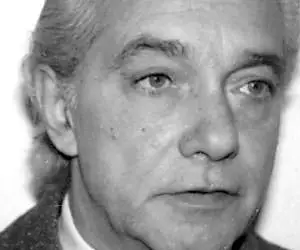
Article of the guest columnist for surdelsur.com
Regions of Argentine Folklore
As seen in the drawings of Guaman Poma, caja Chayera and its ascendancy on Incaic music, is observed.
Although nowadays collective creation which was common in the past does not virtually exist; it is possible to find individual creators who obviously attribute some of their personality to their creation.
Anyway, you cannot overlook or ignore the common feature binding several of them, since unavoidable questions, as their home tradition, and even their geography, finally dominate these artists’ production in a highly conspicuous way.
That is why, beyond their education or academic background, their thought and sensitivity are largely shaped by their environment.
Center Northwest Folk Music
Within the Argentine folk music, the Center Northwest has its rhythms: chacarera, gato and escondido from Santiago del Estero; zamba from Tucumán; jota and bailecito from Córdoba; chaya and vidalita from La Rioja, la zamba and baguala from Salta; huayno, cueca, yaraví, triste, bailecito and carnavalito from Jujuy.
The folk music of Argentina Center Northwest region comprises the provinces of Santiago del Estero, south of Córdoba, La Rioja, Tucumán, Salta and Jujuy .
The center-north-west area begins in the landlocked province of Santiago del Estero. It presents traditional rhythms like chacarera, gato and escondido, which are indistinctly performed by soloists, duets or bands using guitars or bombo legüero, a percussion instrument from Santiago del Estero.
There are also occasional variants like remedio and arunguita, all of them danceable. In the area of Salavina, due to the fact that Quechua language is deeply rooted, the expression is bilingual; there, music also includes violin and vidala, which is sung preferably by a duet and without any choreography.
The south of the province of Córdoba is highly influenced by Cuyo music; in the area of Tulumba it is chacarera that is characteristic; in the rest of the province, zamba, jota cordobesa, bailecito cordobés and gato.
In La Rioja chaya and vidalita riojana prevail whereas in Tucumán it is zamba that stands out, with a great dissemination all over the country. Zamba as a dance is regarded as the national dance.
In Salta there is the epicenter of zamba, although baguala, sung by a duet and in counterpoint is also important.
Finally, in the province of Jujuy, the Puna is followed by the Bolivian altiplane, establishing a current of undoubted musical sympathy.
Concerning this last region, we must mention huayno, cueca, yaraví, triste, bailecito and carnavalito; all these compositions are performed indistinctly by soloists, duets or bands. Guitars, bass drums and eminently traditional instruments like caja, and woodwinds like quena, pincullo, anata and erke. The danceable version of these rhythms are all dances with a non-embracing couple.
Littoral Folk Music
The folk music in the north-west is chamamé and chamarrita. Other dances are schotis and galopa. Converge in the Littoral folk music the influence of European immigration and neighboring countries; and the contribution of the Guarani culture. Researcher Linares Cardozo managed to rescue from oblivion the tanguito Monteliero, chacarera estirada and milonga.
The Argentine north-west area is known as littoral (fluvial) and comprises the provinces ofMisiones, Chaco, Formosa, Corrientes and Entre Ríos, presenting strong influences from Santa Fe..
In Misiones, which limits with three countries, Guarani features are blended with Brazilian ones (coming from Río Grande, to the Brazilian south and showing surprising similarities with Argentine littoral and Buenos Aires areas in Argentina).
Several influences are mixed up here: European immigration, which brought schotis (which later included the almost inevitable local distortion, turning into the most popular rhythm), was supplemented with elements coming from a neighboring country like Paraguay, which contributed the galopa, a dance which held the second position in popular preferences.
Guarani influence is remarkable in Formosa and Chaco, even more in Corrientes, mainly in language. There it is chamamé that reigns, with a great reach in the whole area, as well as rasguido doble and valseado.
In Entre Ríos chamarrita can be commonly heard: a replication of sobre-paso from neighboring Uruguay. In this last province (Entre Ríos), researchers like Linares Cardozo could rescue some traditions from oblivion, as with tanguito Monteliero, chacarera estirada and milonga, also in Entre Ríos version.
All these variants spread through Santa Fe, especially chamamé, which even gets to Santiago del Estero, where it has great practitioners. The music is melodious, sometimes rhythmic and stressed; the lyrics are generally centered on love, landscape and testimonial subjects.
Traditionally, they are sung by a soloist or a duet, although recently there have been bands with four or five members, who have created modern harmonies. Accordion, in its different versions (even piano accordion), bandonion, guitar and, in some cases, Indian harp are the preferred musical instruments. In all its ways, these rhythms are danced by an embracing couple
Southern or Buenos Aires Folk Music
In Southern or Buenos Aires Folk Music the characteristic rhythms are milonga, huella, cifra y estilo.
The South or Buenos Aires region comprises the whole province of Buenos Aires, La Pampa, south Santa Fe and south Entre Ríos. Folklore songs here are introspective and sententious.
The singer, generally a soloist, only accompanies himself on a guitar. Lyrics reveal a social and rural concern, although love or picaresque themes also abound, being performed in a milonga, huella, cifra, estilo rhythm or others which are less known.
In Argentine Folk Music from South or Buenos Aires Folk Music, it is possible to find improvised or on-the-spot singing, performed by the so called payadores, who, alone or with an accompanist who sings the counterpoint, render their improvisations under the chords of a milonga, cifra, triunfo or even waltz.
Another typical character of the South or Buenos Aires Folk Music region is the criollo reciter, who displays social subjects through criollo poetry mainly concerned with the depiction of manners. All this belongs to the so called Plata River folklore, since it has a similar dissemination in Uruguay. . On the other hand, the region is rich in dances, and over a hundred (traditional and original) dances can be identified, all of which are danced by a non- embracing couple.
Finally, tango: a rhythm danced by an embracing couple which represents Argentina worldwide. Buenos Aires has generally been credited for tango, but this rhythm has also been largely enriched by musicians and poets coming from inland. Singers, who are always soloists, perform evocative, familiar and also testimonial subjects and for musical accompaniment, they resort to sets of guitars or even orchestras with a variable number of instruments, mainly made up by bandonions, violins, piano and contrabass.
To learn more about tango, see Tango Argentino History >>
In this last period, the new exponents of folklore added unconventional musical instruments like transverse flute, saxophone, organs, keyboards, and drums, for percussion. This novelty has been gradually accepted, except for traditionalist groups, who resist change.
Cuyo Folk Music
The typical folk music from Cuyo region is tonada, gato and cueca
The Cuyo folk music region comprises the provinces of San Juan, Mendoza and San Luis and its influence extends on the south of Córdoba, Catamarca, La Rioja and the north of La Pampa.
Besides, it is musically connected with Chile and the singable rhythms more widely spread are tonada, gato (in this region with two turns in dance), cueca (which also presents a regional form which is different to the northern version) and waltz. All these compositions are danceable by a non-embracing couple, with the exception of tonada, which is practically the only lyrical rhythms lacking a choreography.
The typical form is sung by a duet and the main instrument is guitar, with which the Cuyo man displays an exceptional interpretive skill. The so called requinto cuyano, a variety of guitar with more strings, is also widely used. Soloists stand out and the lyrics accompanying the melody are always about love, although historical and religious subjects are also common.
Patagonia Folk Music
In Patagonia folk music the characteristic rhythms are loncomeo, cordillerana, chorrillero and kaani.
The region of Patagonia folk music comprises the southern end of our territory, from Colorado River. It comprises the provinces of Neuquén, Río Negro, Chubut, Santa Cruz and Tierra del Fuego.
The projection of the representative singing of the region is based on what is rescued from the aboriginal communities that inhabited or inhabit this territory.
Its main exponents are loncomeo, cordillerana, chorrillero and kaani among others. They are performed by soloists, duets or bands and have no choreography. The guitar is accompanied by Indian instruments such as kultrún (percussion), which is a kind of conic box which is beaten with a stick (like caja).
References
All graphic material in this report is edited digitally. The customized version by surdelsur.com shown on this page is performed based on the following documents:
- Acebal, Ricardo Luis (journalist, radio conducer)[Ancient Photographs] Collection of records covers, and journal articles.
- Casa de la Provincia de Neuquén [Photographs in color paper] Buenos Aires, Argentina.

